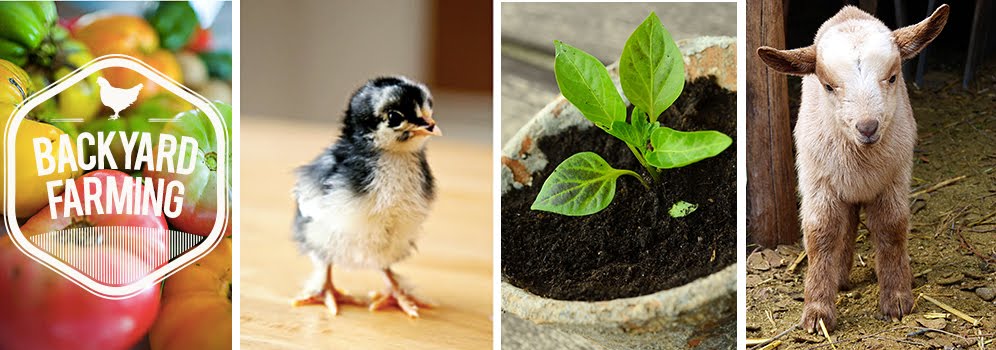 |
| Dale In Kazahstan |
LeAnn and I were invited by friends to go to a horse auction so we decided to make a date night of it. While the tack and equipment auction was going on, we walked from stall to stall to look at the horses that were up for sale. Potential buyers could test ride the horses in the outdoor paddock. There were a few good horses but most were mediocre. When the horse auction started, a horse was lead into the ring or sometimes ridden to show their responsiveness. The auctioneer would describe it and then start his chanting. With the bad economy, horse prices are low right now. A nice looking draft horse topped out at only $750 so the owner withdrew the horse from the sale. A well-trained stock horse that might bring $2,000 in a normal economy went for $700.
It was interesting watching the buyers parlay. I kept my eye on one particular buyer who was bidding on almost every horse. When the price got above $300 he bowed out, but more often than not he got the horse for $100 or $200 after which he would pull a pad and pencil out of his pocket to note the purchase. I kept asking myself, “What is he doing? Why does he want all these horses? Then it occurred to me – horse meat. He is taking them to Canada for slaughter. I turned to our friends, nodded at the buyer and asked “horse meat?” and they confirmed my notion.
 |
| Horse Meat Below the Lamb's head |
I have seen horse carcasses in the Kazakh butcher shops, I have eaten horse sausage, and I have argued both side of the issue. But at this auction, it became much more emotional to me. After the auction we saw the buyer load them up on his large trailer and my heart just sank. Why does it bother me more than my chickens that I kill myself or the steer in the field that I am going to buy for my freezer? It just does.
~Uncle Dale~









